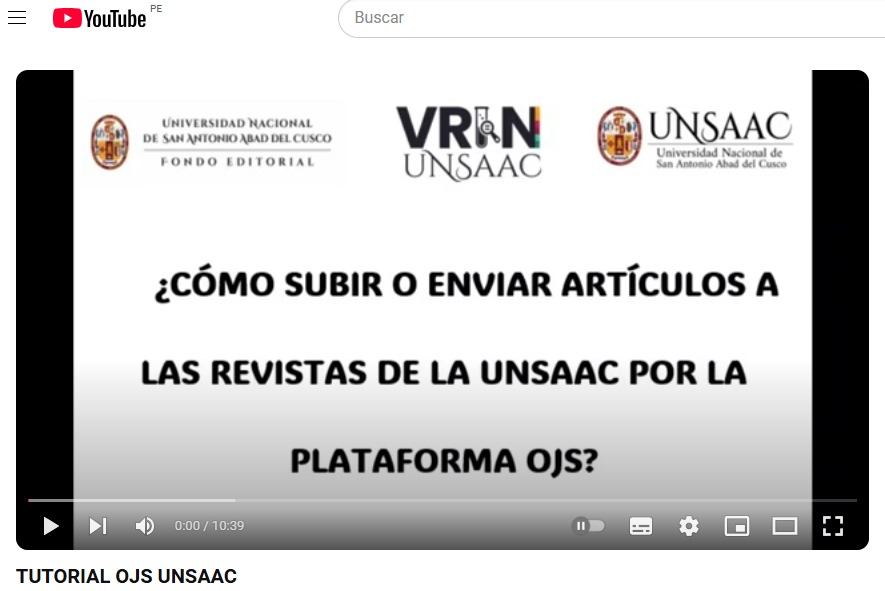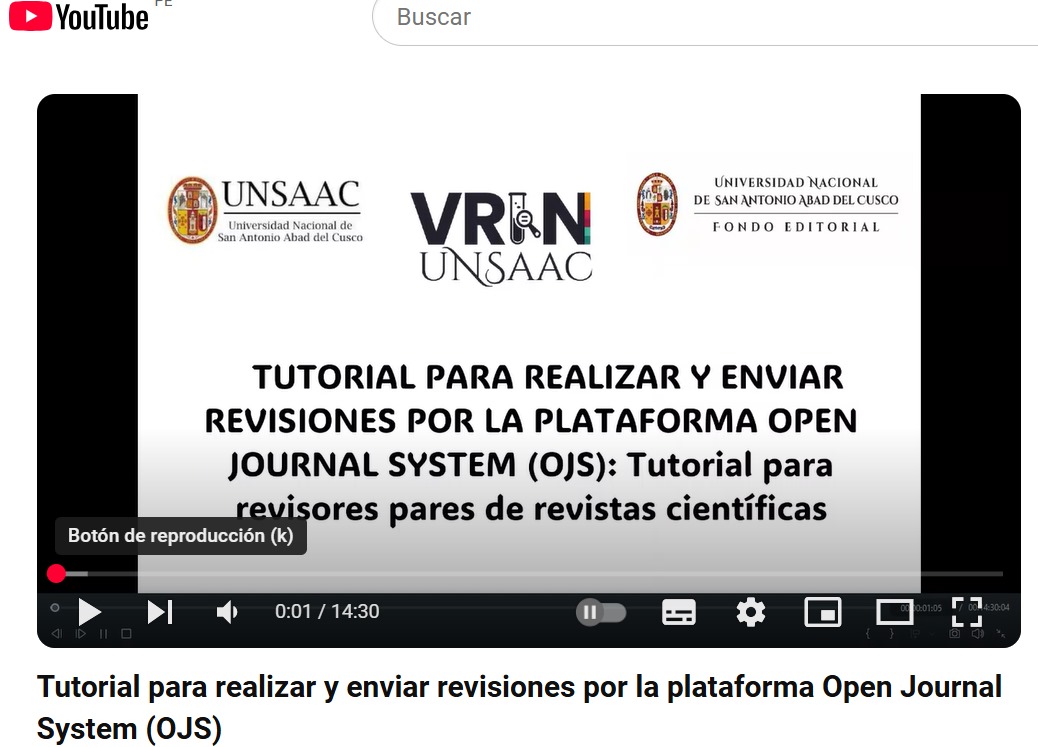Percepción de riesgo, creencias y normas subjetivas de la conducta proambiental en pobladores del sector ladrillero del distrito de San Jerónimo, Cusco, 2019
DOI:
https://doi.org/10.51343/racs.v2i2.473Palabras clave:
Percepción de riesgo, creencias proambientales, normas subjetivas, comportamiento proambientalResumen
Resumen
La investigación tiene como objetivo estudiar la relación entre percepción de riesgo, creencias y normas subjetivas proambientales en los sectores ladrilleros del distrito de San Jerónimo, Cusco. Se aplicó tres instrumentos previamente validados a 205 pobladores de las ladrilleras. Se hizo uso de una metodología cuantitativo, descriptivo – correlacional y transversal. Los resultados evidenciaron la relación entre percepción de riesgo y creencias proambientales indicando correlación positiva directa de r = .43 y un valor de p < 0.000; la relación entre percepción de riesgo y normas subjetivas indican correlación positiva débil (r = .33) y un valor p < 0.001 y la relación entre las creencias proambientales y normas subjetivas indican correlación positiva significativa r =.44 y un valor p < 0.001. El resultado descriptivo muestra un nivel alto de percepción de riego (63.4%), creencias proambientales (66.3%); sin embargo, las nomas subjetivas (56.1%) tienen un nivel medio. Conclusión: los pobladores de las ladrilleras tienen percepciones, creencias y normas subjetivas proambientales con intención de disminuir conductas que deterioren el medio ambiente, pero este resultado no es reflejado en su conducta.
Descargas
Publicado
Cómo citar
Número
Sección
Licencia
Usted es libre de:
- Compartir: Copiar y redistribuir el material en cualquier medio o formato para cualquier propósito, incluso comercialmente.
- Adaptar: Remezclar, transformar y construir a partir del material para cualquier propósito, incluso comercialmente.










.png)



